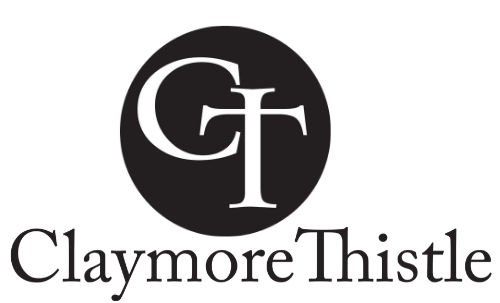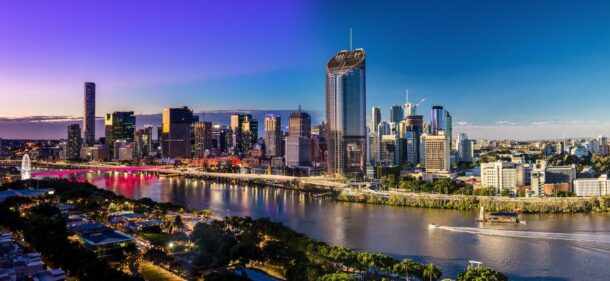Settling In
Welcome
What can we help you with?
Visa & Immigration
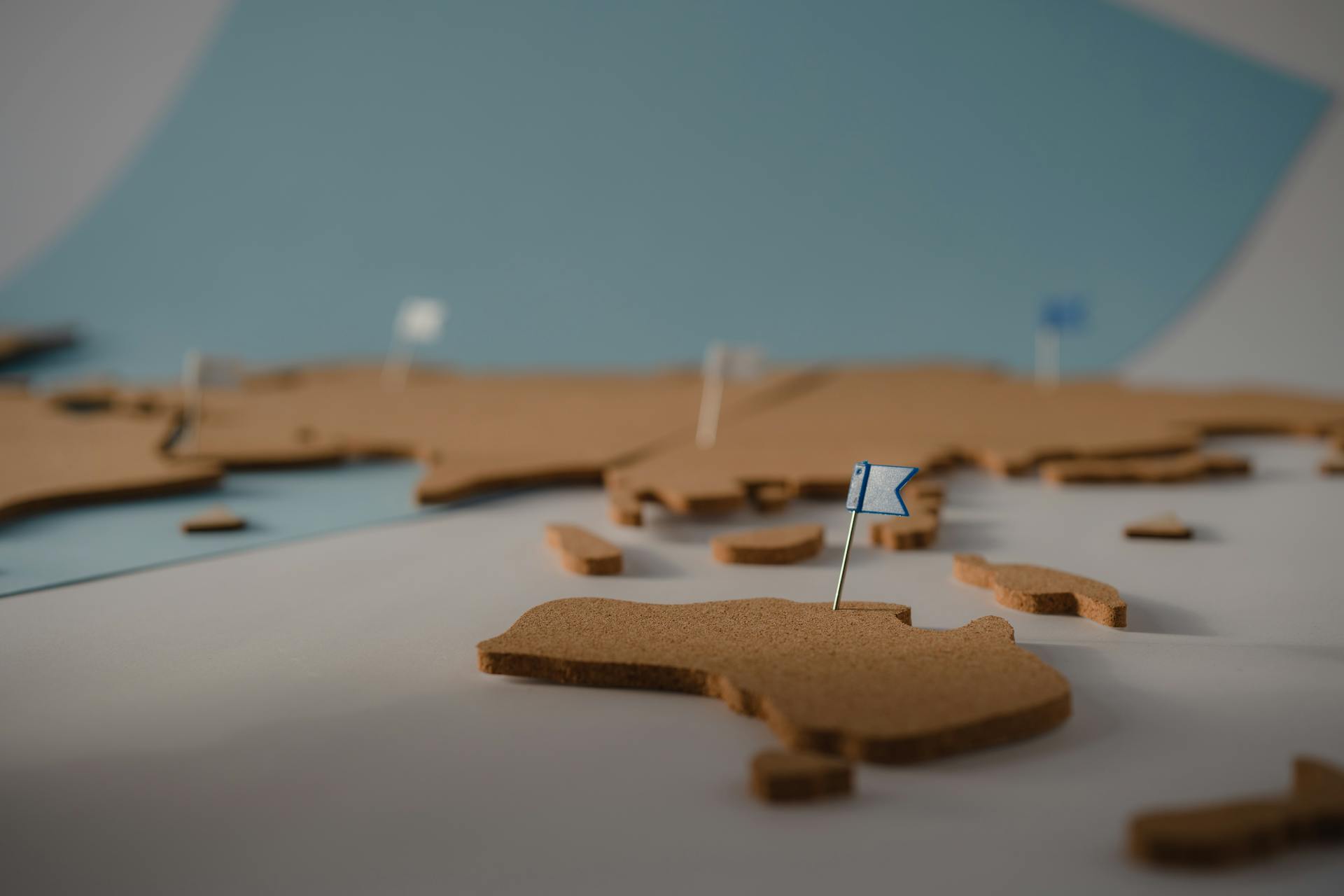
Get in touch about your specific needs and we can help you stay abreast of how immigration law may affect your business or your family circumstances.
Visa & Immigration
Are you looking to move and just at the visa investigation stage? Our passionate client focussed lawyers and registered migration agents are here to help. The visa application process can be a lot to navigate. It can be frustrating and confusing. We will help you through the process efficiently and make sure you are complying with immigration law over the long term.
Health
Public Health Care
The public health care system varies from country to country and what you are entitlede to will depend on your country of origin and which visa you are on. We are here to help you work through all of this so get in touch with your questions and we can assist.
Private Health Care
If you are new to private health care, or just not familiar with the system in your new country then its best to speak to an expert. Depending on your visa, your income and your country of origin it may in fact be compulsory to have so its best to know from the start where you stand. We can help you work through all of your queries in this area.
Transfer
Transport
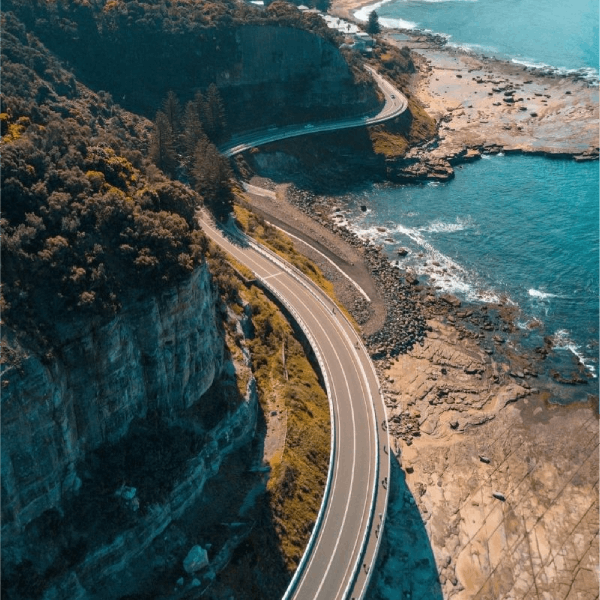
Whether you are looking at shipping goods internationally, interstate, or just looking at your individual transport options such as buying or renting a car we have got you covered.

Furry
Pets
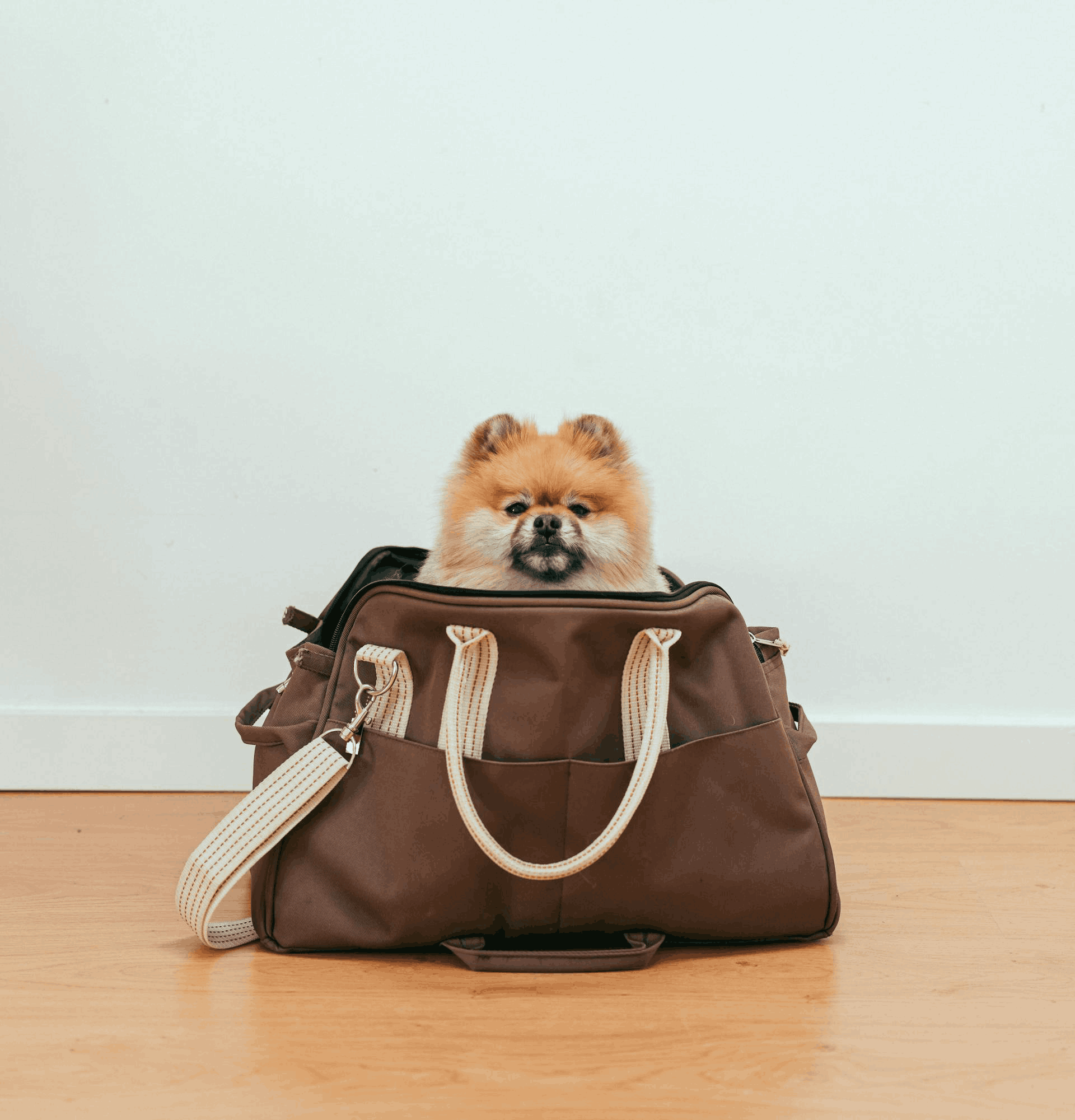
Furry
Pets
Relocating with the family does obviously include our furry family members too! This process can be quite lengthy and you need to start the paperwork as soon as possible. Lets discuss and get you some prices for making sure those fur kids can travel too!
Money
Financial
Banking
Bank seamlessly, no matter where life takes you. Whether you’re living, studying or investing abroad, our international banking services help you feel at home wherever you are.

Mortgage
Australian Expatriate Finance is an Australian-based finance business specialising in finding the best possible loan for Australian Expats. Australian Expatriate Finance clients are based worldwide: Hong Kong, Singapore, New York, London, Abu Dhabi, Dubai and more.

Foreign Exchange
Great Exchange Rates! Get more for your money with our excellent rates. While using your bank for foreign currency transfers might seem like the simplest option, using a specialist international payments broker can make the process more streamlined and considerably more cost-effective.
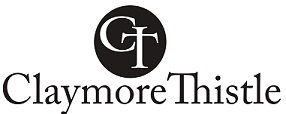
Tax & Financial Planning
Dean is a Chartered Tax Adviser, a member of the Institute of Chartered Accountants Australia and New Zealand, and is a Registered Tax Agent. He holds a couple of Master’s degrees and is a published author in peer-reviewed journals for the Taxation Institute of Australia.
He provides expert guidance in navigating the complex Australian tax consequences of exiting and recommencing Australian residency, first-time arrival into Australia, and personal foreign investment and business. This includes international relocation tax planning, personal asset structuring, and attendance to Australian tax return lodgements for Australian expatriates, foreign investors, and companies.
Dean advises executives, families, and private business owners based globally, including across Asia, the US, the EU, the Middle East, and Africa.
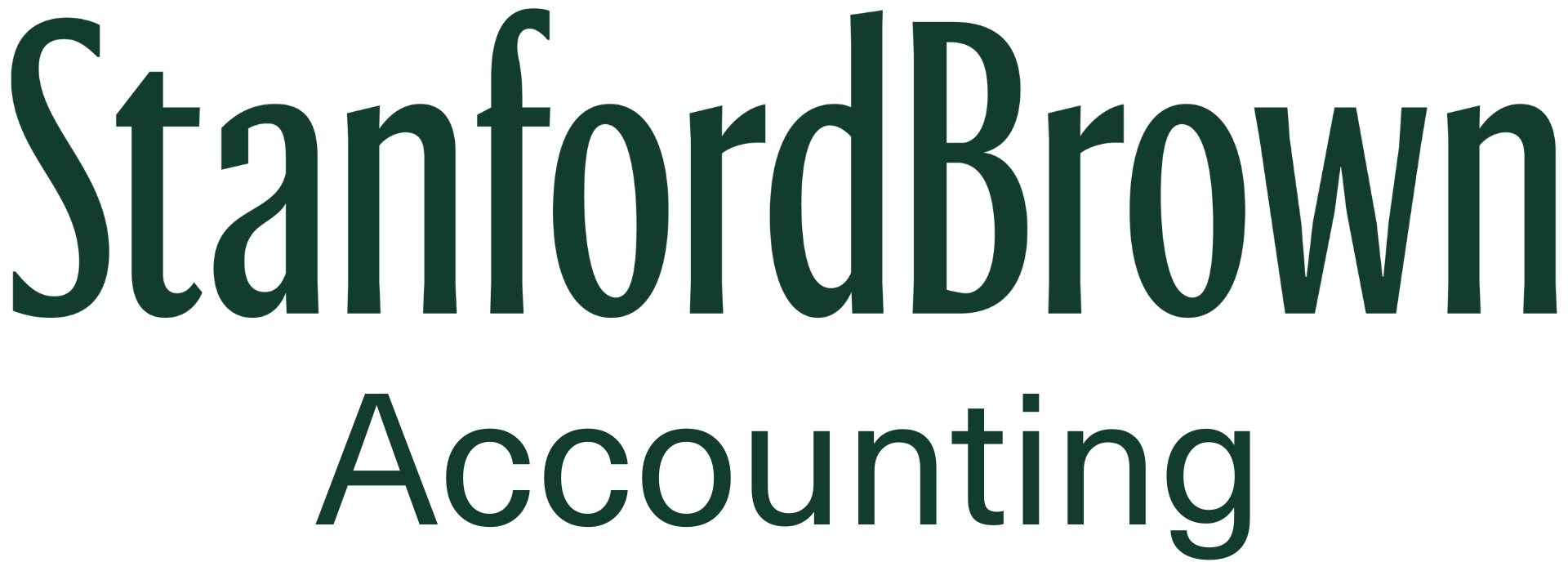
Miscellaneous
